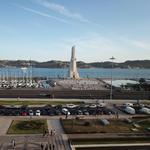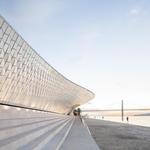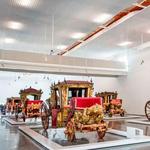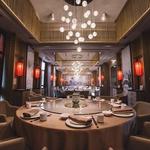J + A
Things to do
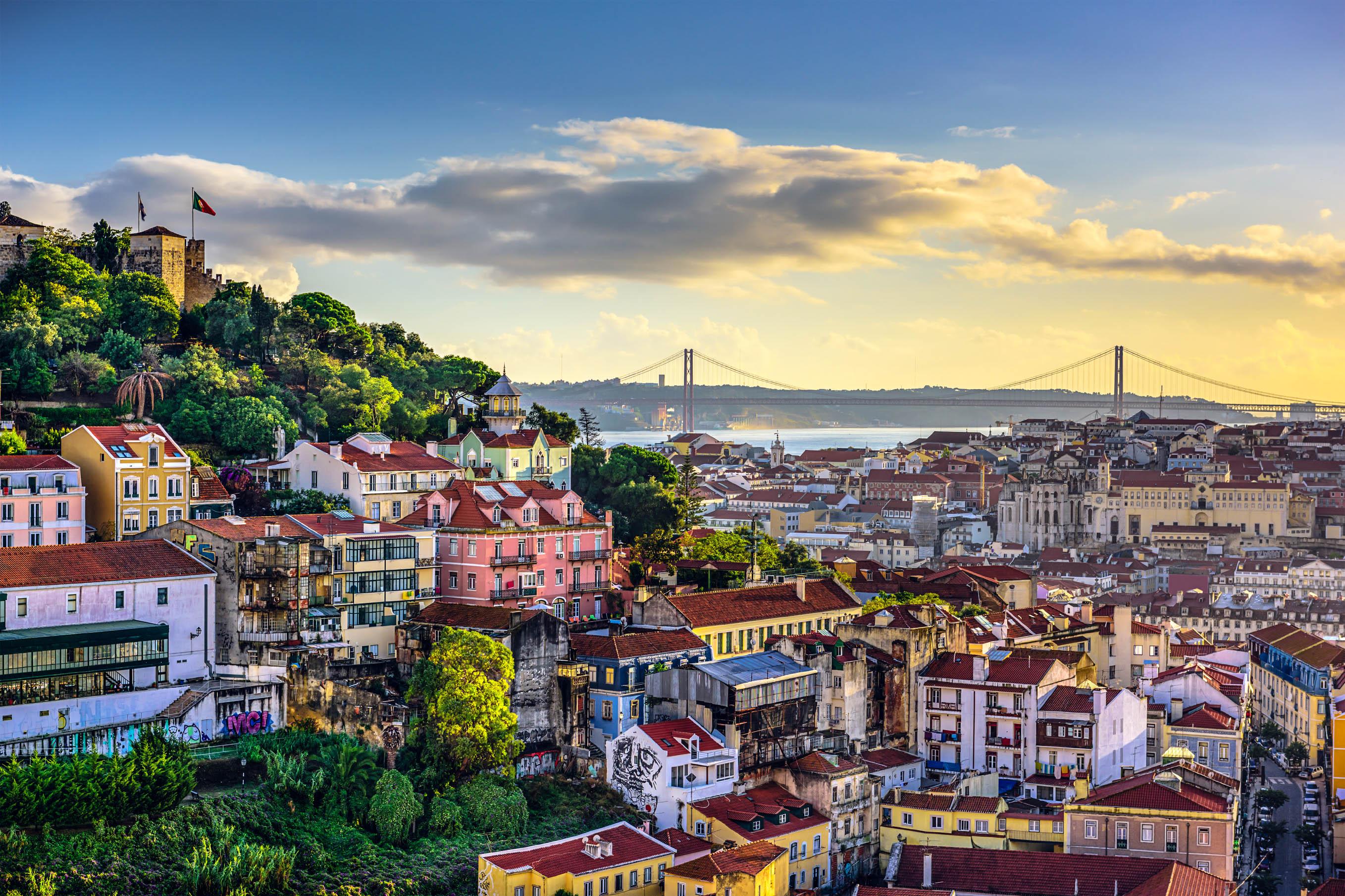
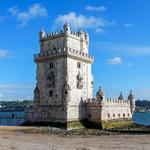
Torre de Belém
Built on the northern bank of the Tagus between 1514 and 1520 as part of the Tagus estuary defence system, the Tower of Belém is one of the architectural jewels of the reign of Manuel I. The Tower of Belém is also a cultural reference, a symbol of the specificity of Portugal at the time, including its privileged exchange with other cultures and civilisations. As a protector of Portuguese individuality and universality, the tower saw its role confirmed in 1983 when it was classified by UNESCO as "Cultural Heritage of Humanity".
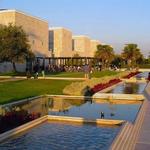
Centro Cultural de Belém
The Belem Cultural Centre is a massive complex that hosts touring operas, ballets, art displays and is the permanent home of the excellent Berardo Museum. This museum is regarded as the best free activity in Lisbon. The Belem Cultural Centre is commonly shortened to just the CCB (Centro Cultural de Belem) and was constructed to house the European presidency during the 1992 term that was hosted by Portugal.
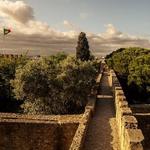
Castelo de São Jorge
The fortification, built by the Moors in the mid-11th century, was the last defensive stronghold for the Moorish elite who resided on the citadel. After Dom Afonso Henriques conquered Lisbon on October 25th, 1147, to become the first king of Portugal, the Castelo de S. Jorge began its golden age as home for the royalty. The old Moorish period buildings were modified and enlarged to receive the king. When Portugal became part of the Spanish Crown in 1580, the Castelo de S. Jorge took on a more important military purpose which continued until the early 20th century. Although, it was after the Lisbon earthquake of 1755 that the most substantial renovation work took place. In the 19th century, military installations covered the entire monument area. The castle and ruins of the former royal palace were rediscovered following major restoration work carried out from 1938-40. The castle regained its former magnificence and was opened for public use.
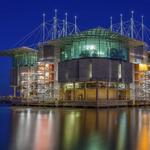
Oceanário de Lisboa
The Oceanário de Lisboa is a large public aquarium opened in 1998, whose prestige is widely recognised, not only in Portugal, but also across the world. The excellent exhibitions organised by the Oceanário and the architectural features of its buildings, full of symbolism, allow for a unique, unforgettable experience. As a modern aquarium, it is committed to continuously developing educational activities aimed at encouraging people to learn more about the oceans and marine species. The Oceanário also focuses on its mission and seeks to draw people’s attention to current environmental issues. In this sense, it collaborates with several institutions with a view to promoting ocean sustainability, by supporting scientific research and marine biodiversity conservation projects.
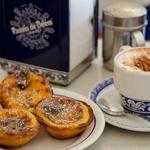
Pastéis de Belém
Pastéis de nata were created before the 18th century by Catholic monks at the Jerónimos Monastery. At the time, convents and monasteries used large quantities of egg-whites for starching clothes, such as nuns' habits. It was quite common to use the leftover egg yolks to make cakes and pastries, resulting in the proliferation of sweet pastry recipes throughout the country. Following the extinction of the religious orders and in the face of the impending closure of many of the convents and monasteries in the aftermath of the Liberal Revolution of 1820, the monks started selling pastéis de nata to bring in some revenue. In 1834, the monastery was closed and the recipe was sold to a sugar refinery, whose owners in 1837 opened the Fábrica de Pastéis de Belém. The descendants own the business to this day.

Time Out Market - Mercado da Ribeira
A place that previously housed the city's best vendors now houses its best restaurants and artists. While the wares on offer may differ, the principle is the same: bringing the best of the city under one roof. On the one hand, 24 restaurants, 8 bars, a dozen shops and a high-end music venue, all with the very best in Lisbon (the best steak, the best hamburger, the best sushi and the best live performances, amongst others); on the other hand, home to some of the city's best known (and longest-running) market vendors of meat, fish, fruit and flowers.

